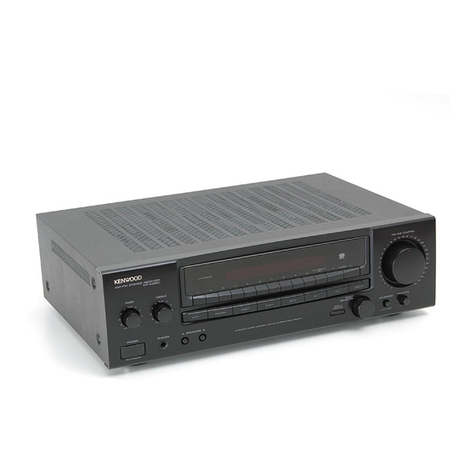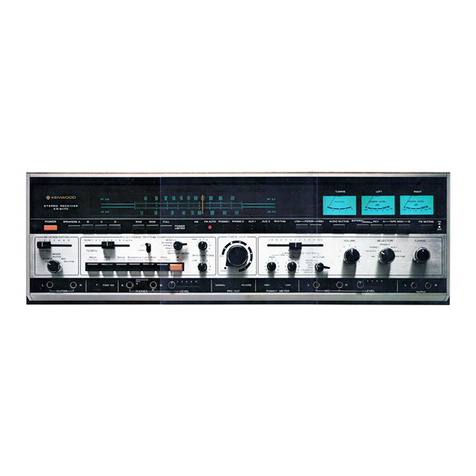Kenwood KR-V86R User manual
Other Kenwood Stereo Receiver manuals

Kenwood
Kenwood KR-V9030 User manual

Kenwood
Kenwood KR-5030 User manual

Kenwood
Kenwood KRF-X9070D User manual
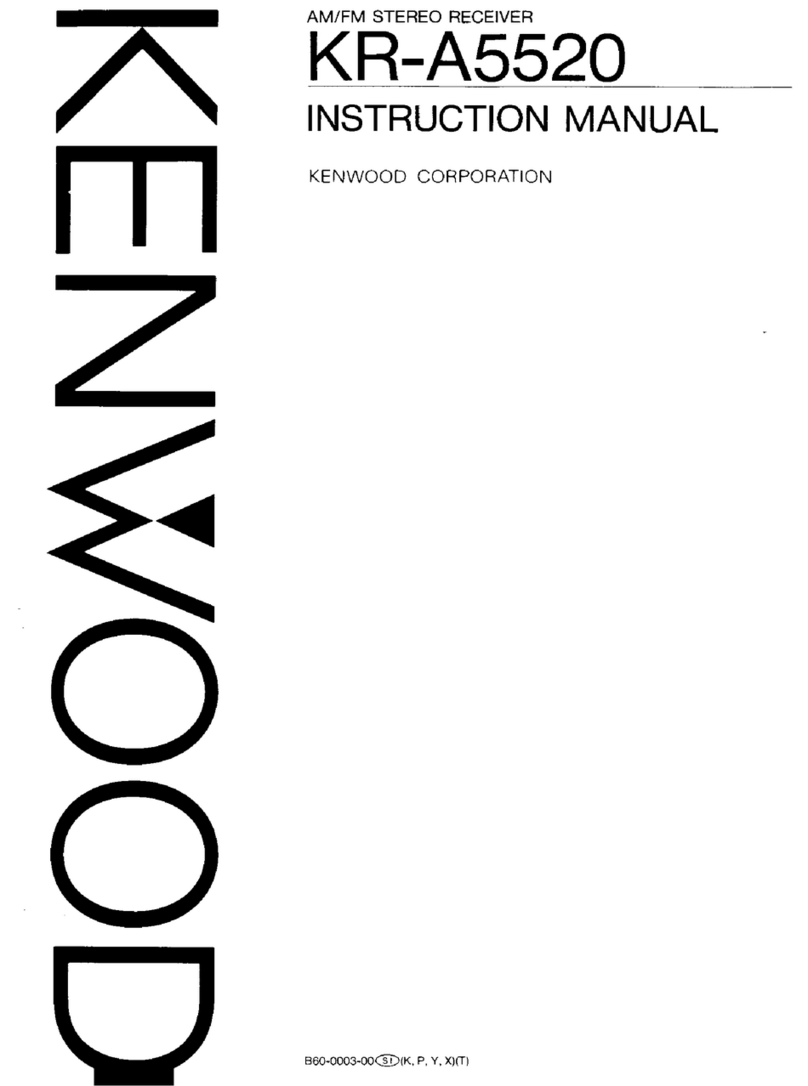
Kenwood
Kenwood KR-A5520 User manual

Kenwood
Kenwood 1070VR User manual
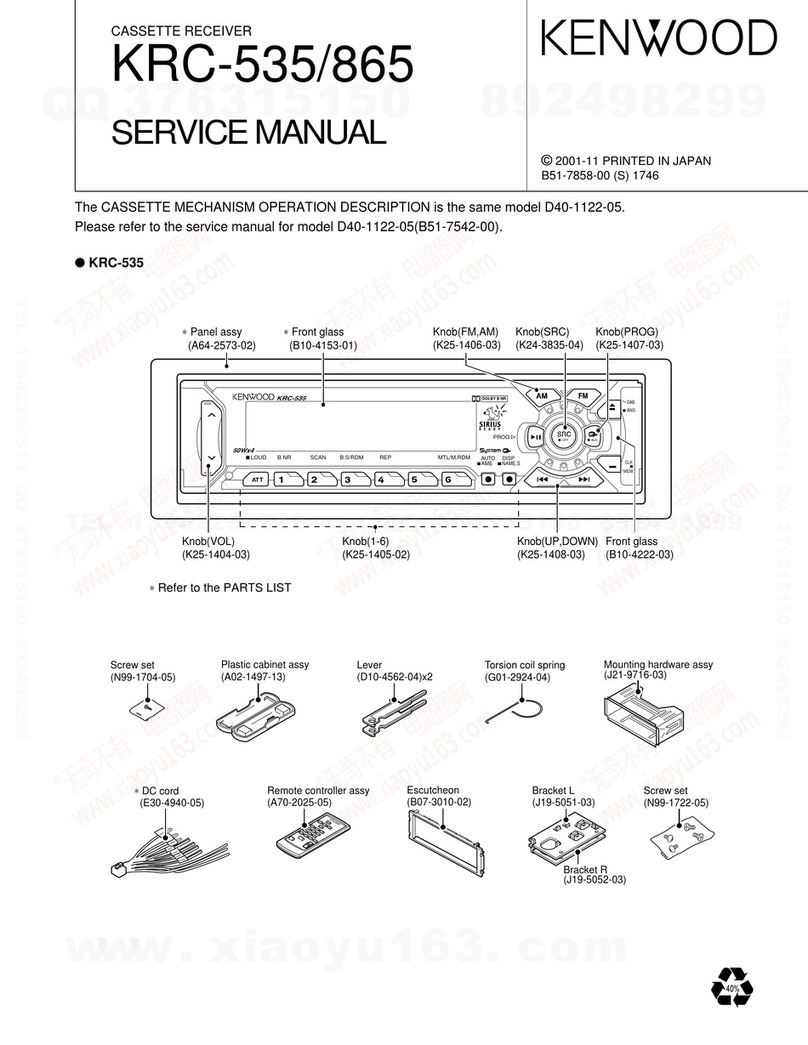
Kenwood
Kenwood KRC-535 User manual
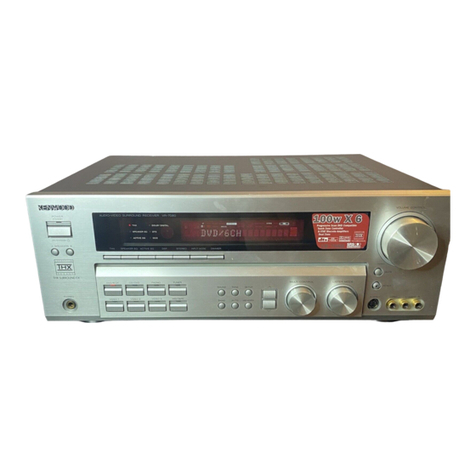
Kenwood
Kenwood KRF-X9070D User manual
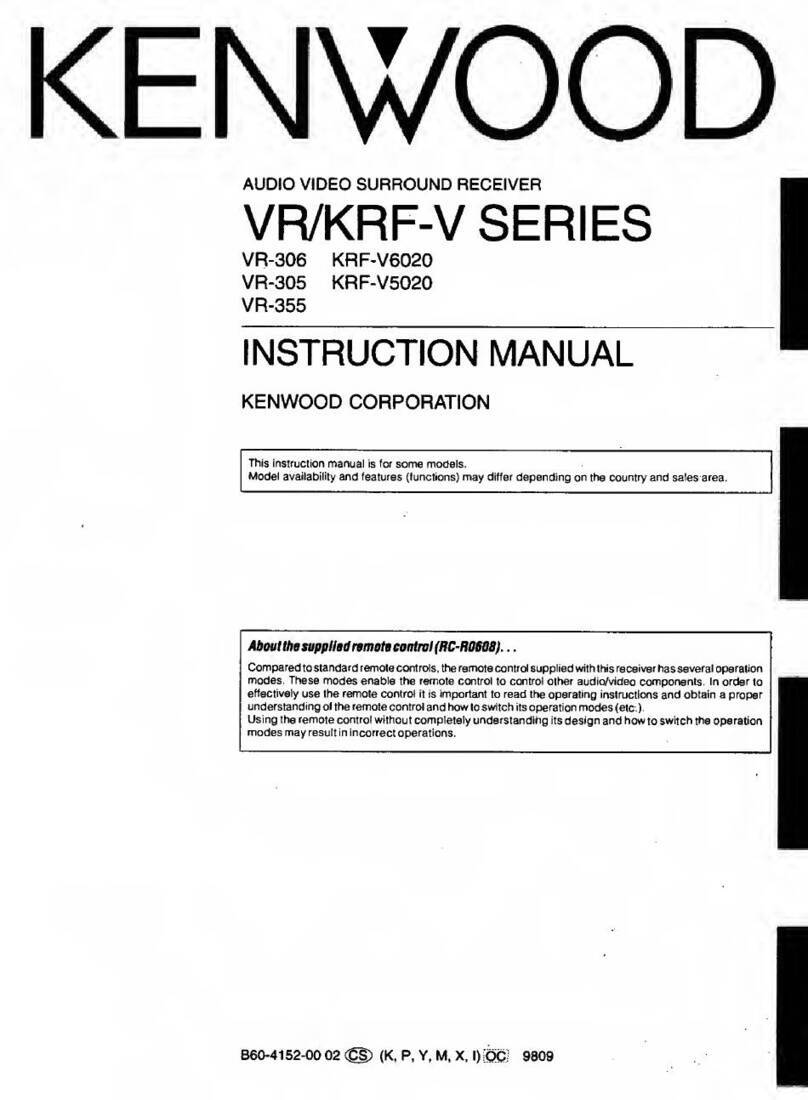
Kenwood
Kenwood VR Series User manual

Kenwood
Kenwood KR-V5580 User manual
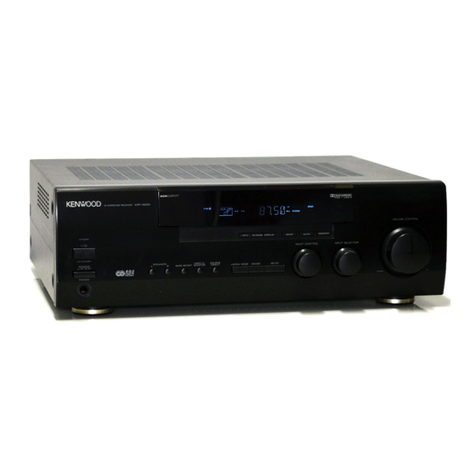
Kenwood
Kenwood KRF-V5020 User manual

Kenwood
Kenwood Eleven III KR-1000 III User manual

Kenwood
Kenwood KR-200HT User manual

Kenwood
Kenwood 1090VR User manual
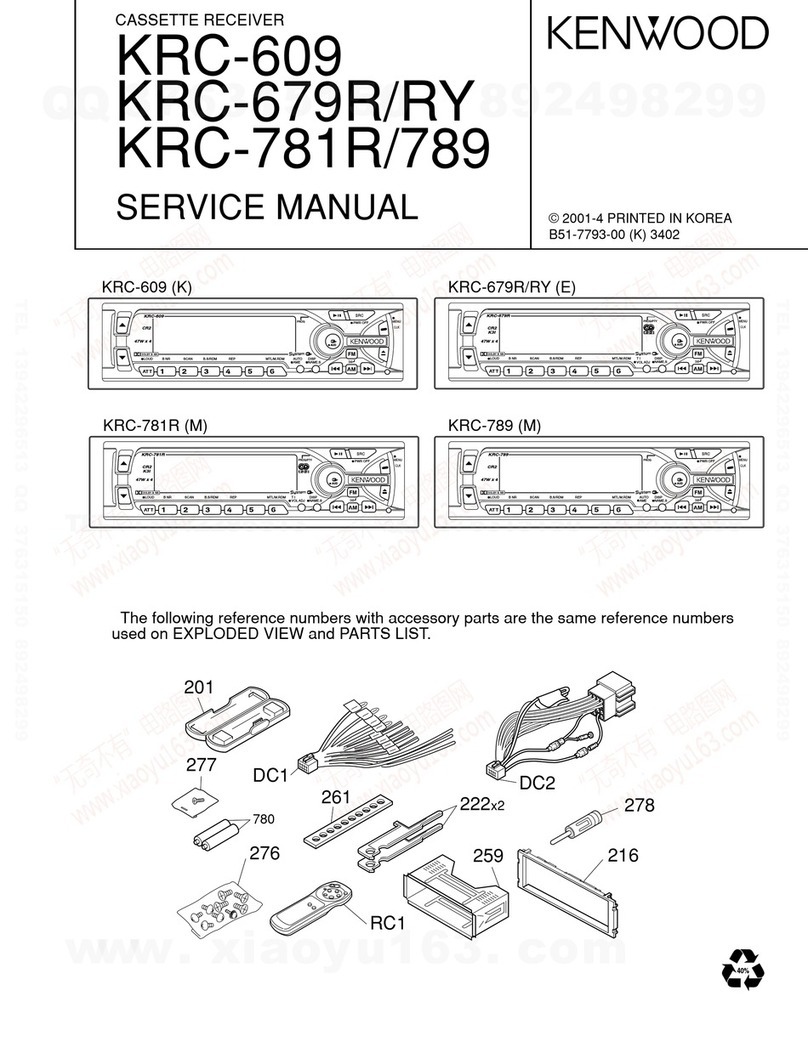
Kenwood
Kenwood KR-609 User manual

Kenwood
Kenwood KR-770 User manual
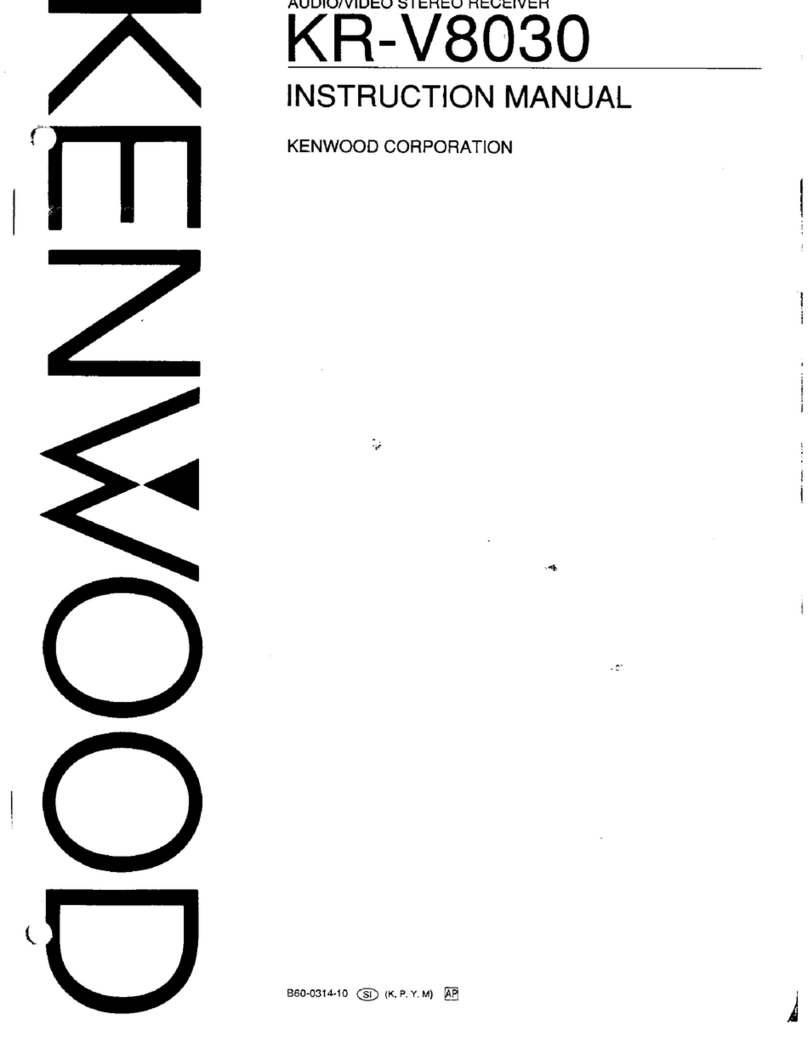
Kenwood
Kenwood KR-V8030 User manual

Kenwood
Kenwood VR-716A Quick start guide
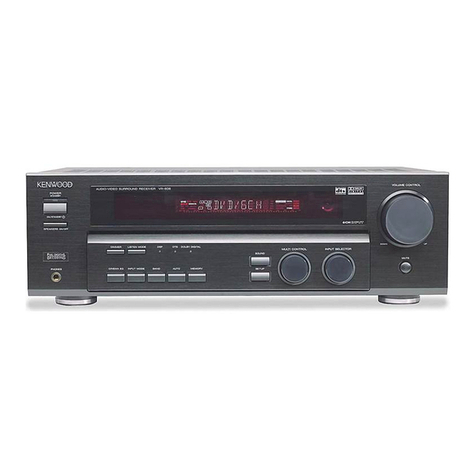
Kenwood
Kenwood VR-606 User manual
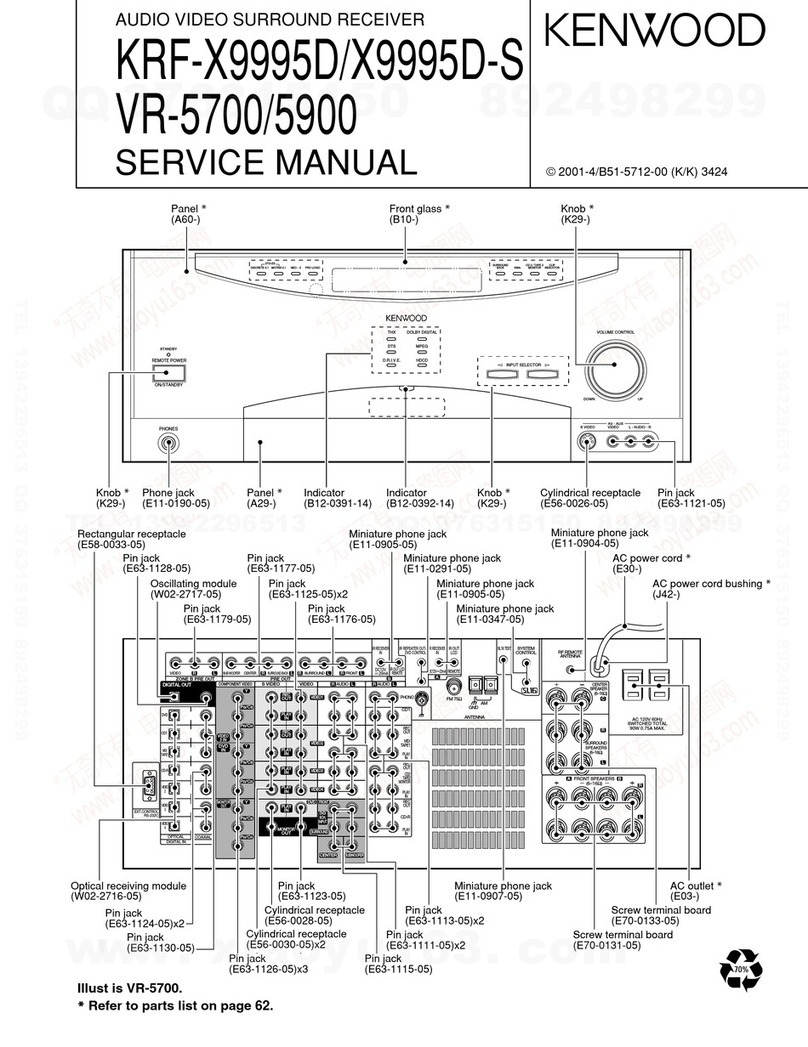
Kenwood
Kenwood KRF-X9995D User manual

Kenwood
Kenwood KR-200HT User manual
Popular Stereo Receiver manuals by other brands

Radio Shack
Radio Shack DX-399 owner's manual

Sony
Sony STR-DE535 - Fm Stereo/fm-am Receiver operating instructions

Pioneer
Pioneer SX-1000TA operating instructions

Yamaha
Yamaha MusicCast TSR-5B3D owner's manual

Sony
Sony STR-DG500 - Multi Channel Av Receiver Service manual

Sherwood
Sherwood Newcastle RX-770 operating instructions


